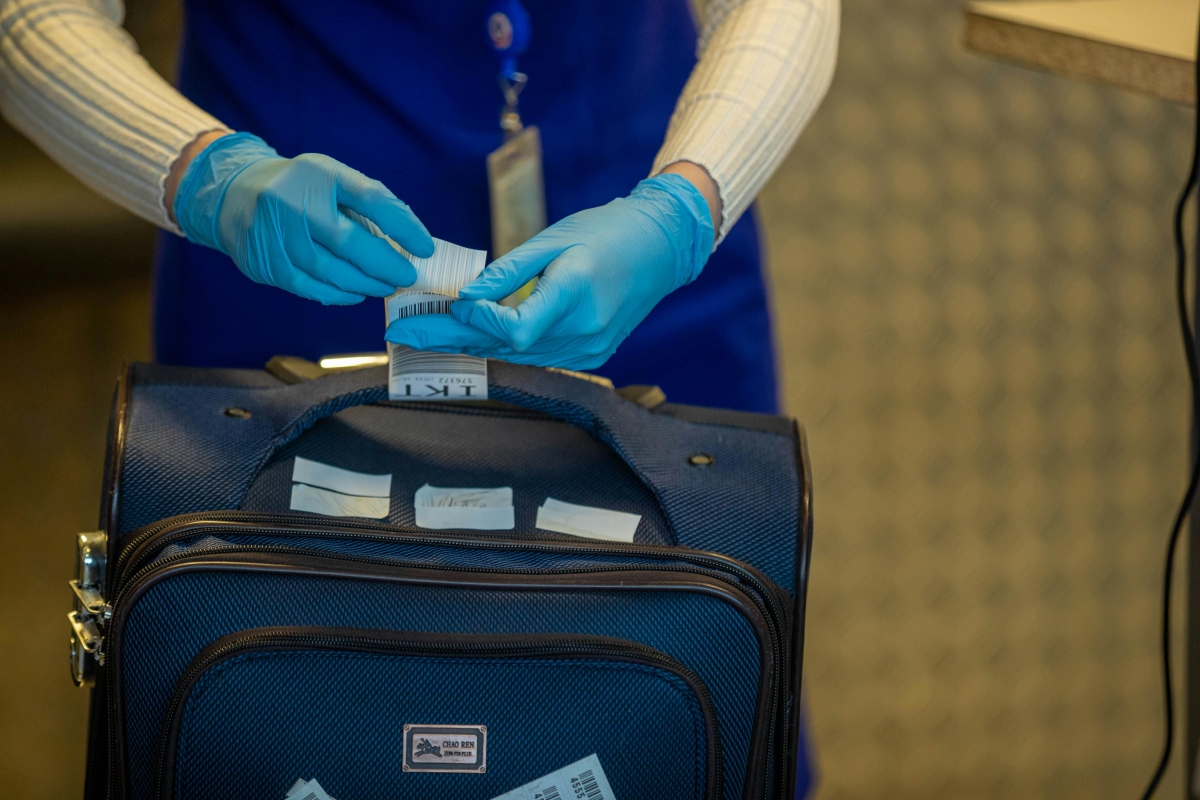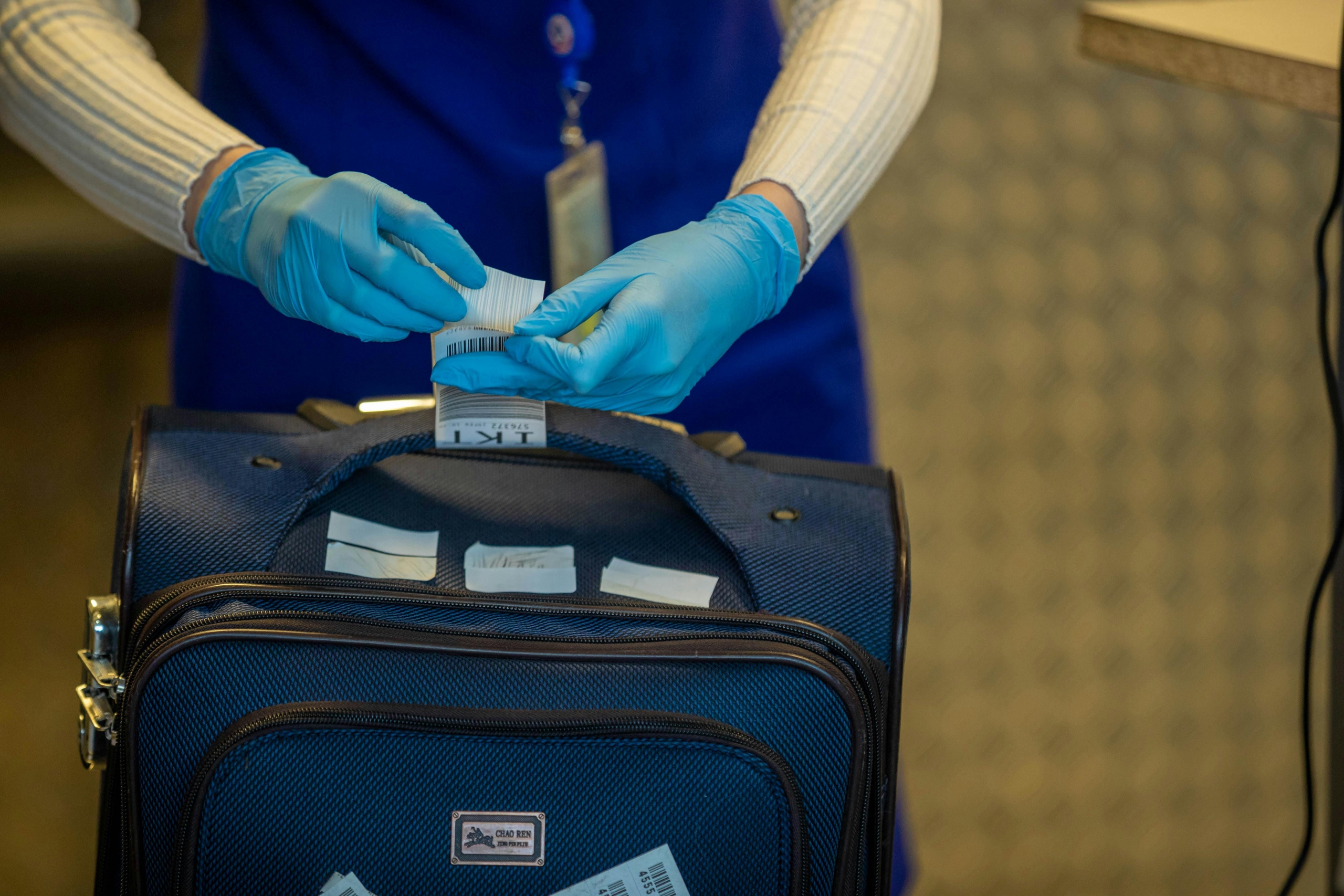Author: Sydney White
Understanding the U.S. Trusted Traveler Programs
The United States Trusted Traveler Program (TTP), managed by U.S. Customs and Border Protection (CBP), offers expedited screening for pre-approved, low-risk travelers entering or exiting U.S. airports. The program includes five levels, each designed for different types of travelers:
- Global Entry – For international travelers entering the U.S.
- TSA PreCheck – For domestic and international travelers within the U.S.
- NEXUS – For U.S. and Canadian citizens or residents traveling between the U.S. and Canada.
- SENTRI – For U.S. and Mexican citizens or residents who frequently cross the U.S.–Mexico border.
- FAST (Free and Secure Trade) – For commercial truck drivers crossing the U.S.–Mexico or U.S.–Canada borders.

Among these, TSA PreCheck and Global Entry are the most commonly used and often confused programs. According to the Transportation Security Administration (TSA), both are Department of Homeland Security (DHS) Trusted Traveler Programs. The key difference is eligibility and scope:
- TSA PreCheck is available only to U.S. citizens and lawful permanent residents for faster security screening at domestic airports.
- Global Entry is available to U.S. citizens, lawful permanent residents, and citizens of select partner countries. It includes all TSA PreCheck benefits plus expedited U.S. Customs screening when arriving from abroad—allowing travelers to use automated kiosks and skip long immigration lines.
Both programs require an online application, background check, and in-person interview. Membership is valid for five years, with a one-time fee of $77 for TSA PreCheck and $120 for Global Entry.
You can find additional information here – Trusted Traveler Tool or https://ttp.dhs.gov


